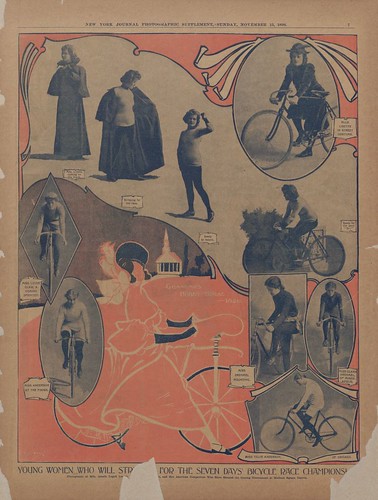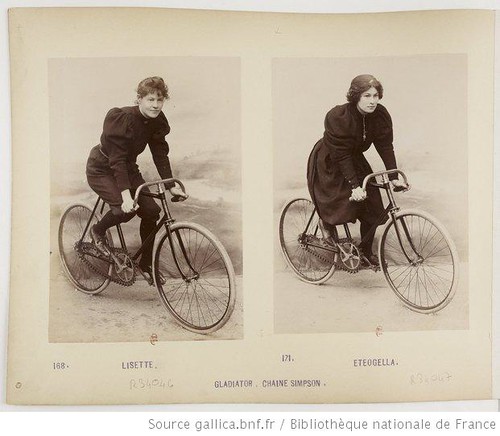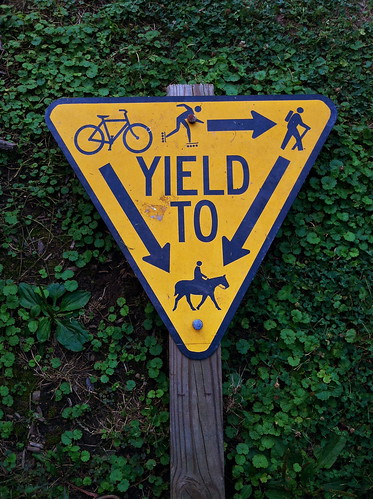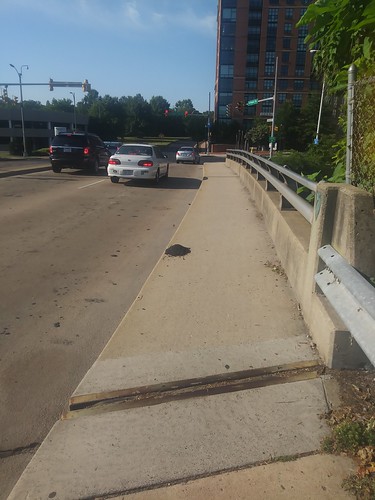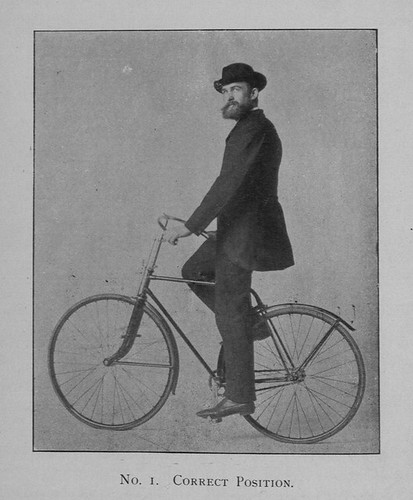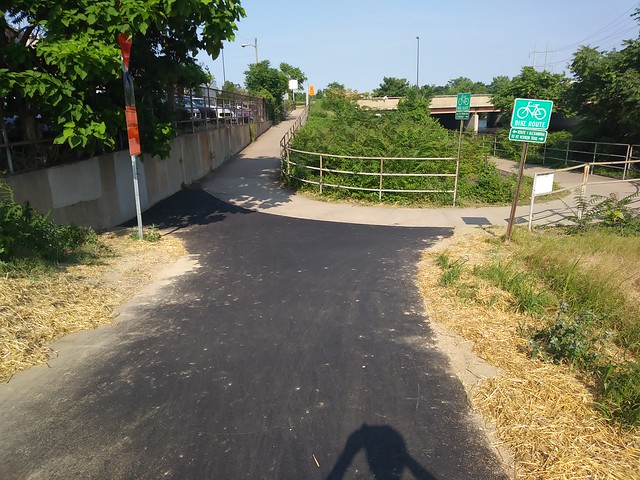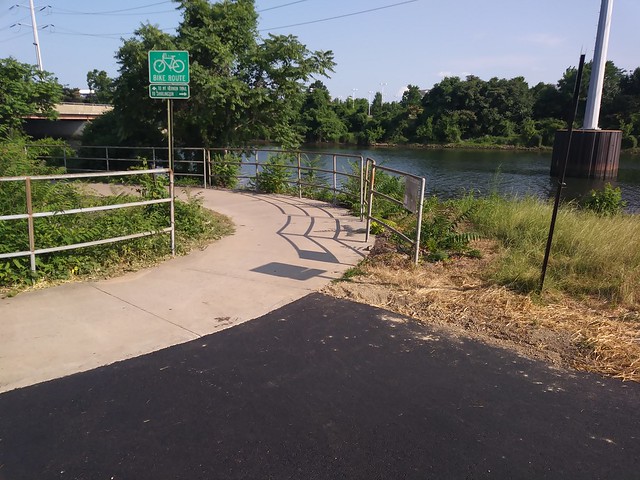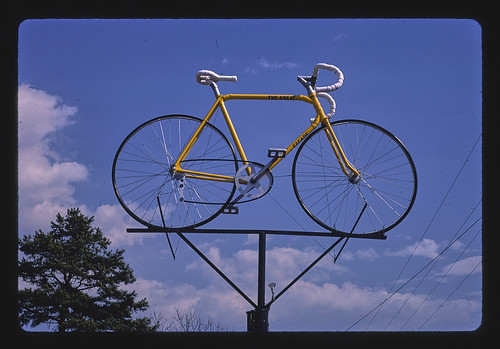
Photograph from a new collection online of color photographs, "Roadside America," that doesn't have any bicycles however. This sign is made to look like a large bicycle, made (it appears) mostly of PVC pipe.
Title-The Great Escape bike sign, Route 29
Contributor Names-Margolies, John, photographer
Created / Published-1988.
Subject Headings
- Signs (Notices)--1980-1990
- United States--South Carolina--Spartanburg
Format Headings
Slides--1980-1990.--Color
Genre-Slides--1980-1990.--Color
Notes
- Title, date and keywords based on information provided by the photographer.
- Margolies category: Main Street signs.
- Purchase; John Margolies 2008 (DLC/PP-2008:109-4).
- Credit line: John Margolies Roadside America photograph archive (1972-2008), Library of Congress, Prints and Photographs Division.
- Forms part of: John Margolies Roadside America photograph archive (1972-2008).
Medium-1 photograph : color transparency ; 35 mm (slide format).
Call Number/Physical Location-LC-MA05- 1777 [P&P]
Source Collection-Margolies, John John - Margolies Roadside America photograph archive
Repository-Library of Congress Prints and Photographs Division Washington, D.C. 20540 USA hdl.loc.gov/loc.pnp/pp.print
Digital Id-mrg 01777 //hdl.loc.gov/loc.pnp/mrg.01777
Library of Congress Control Number-2017703891
Reproduction Number-LC-DIG-mrg-01777 (digital file from original color transparency)
Rights Advisory
No known restrictions on publication. For more information, see "John Margolies Roadside America Photograph Archive - Rights and Restrictions Information" www.loc.gov/rr/print/res/723_marg.html
Online Format-image
Description-1 photograph : color transparency ; 35 mm (slide format).
LCCN Permalink-lccn.loc.gov/2017703891
This article has a photograph of the building along with the bike-sign on top.
